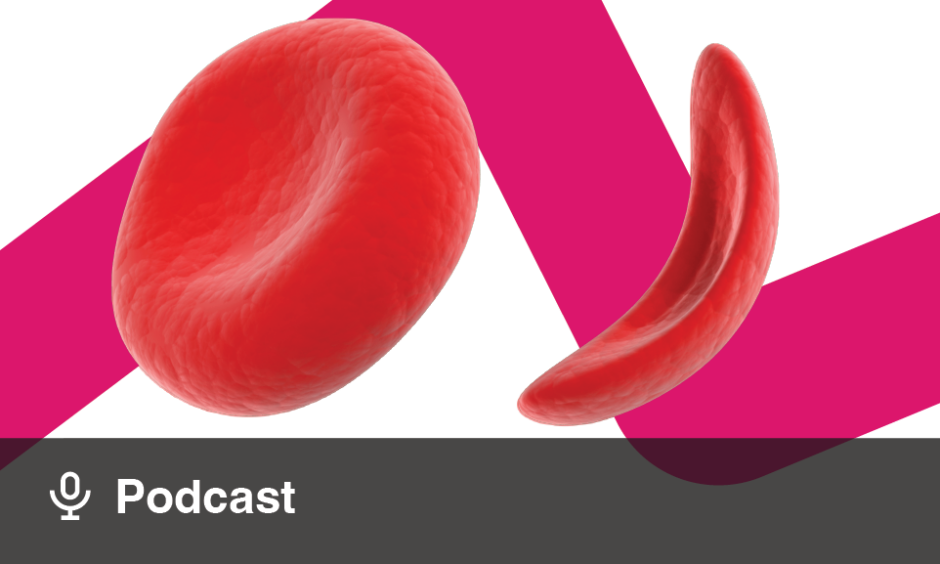PATIENTS with sickle cell disease (SCD) who experience a delay of more than 6 months in transferring from paediatric to adult care are twice as likely to be hospitalised compared to those who transition in less than 2 months, according to recent research. Current guidelines recommend that patients with SCD transfer from paediatric to adult care within 6 months.
The authors examined 183 young adults with SCD who ended paediatric care between 2012–2018 at St. Jude’s research Hospital in Memphis, Tennessee, USA, and transferred to an adult SCD programme (51% male; 67% HbSS/HbSβ0-thalassaemia). Transfer gaps were defined as the time between the last paediatric and first adult visit. The authors estimated the association between varying transfer gaps and the rate of inpatient, emergency department, and outpatient visits using negative binomial regression.
Approximately 88% of patients transitioned to adult healthcare within 6 months (median transfer time: 1.4 months). Those who transferred within 6 months had more outpatient paediatric and adult care visits compared to those who did not. Patients with transfer gaps of ≥6 months were 1.89 times more likely to have had an inpatient hospital visit at 2 years of follow-up compared to those who transitioned in <2 months (95% confidence interval [CI]: 1.17, 3.04), and had fewer outpatient visits in adult care. At 8 years of follow-up, those who took ≥6 months to transition to adult care were 2.01 times more likely to have an inpatient visit (95% CI: 1.31, 3.11). In the first 2 years of adult care, those with transfer gaps ≥6 months compared to <2 months had 1.75 (95% CI: 1.10, 2.80) times the rate of emergency department encounters. Those with gaps ≥2 to <6 months compared to <2 months had 0.71 (95% CI: 0.53, 0.95) times the rate of outpatient visits.
Lead author Kristen Howell, Texas A&M University, College Station, USA, explained: “If these young adults are frequently visiting the hospital for acute reasons, it’s a pretty clear indicator that they are not doing well. Having continuity of care can make a big difference, and that should be a goal for hospital systems.”
Barriers to transition may include gaps in insurance coverage, in understanding of the patient’s condition and medications, discomfort moving to an unfamiliar facility, and potential institutional and practitioner bias. Per evidence-based guidelines, the researchers recommend beginning the transfer process as early as 12 years of age, and using care coordinators or transition champions to ensure a smooth transition.
Reference:
Howell K et al. Gaps during pediatric to adult care transfer escalate acute resource utilization in sickle cell disease. Blood Adv. 2024; DOI:10.1182/bloodadvances.2023011268.







